With new inflation estimates, the ECB confirmed its position on the temporary nature of the phenomenon in 2021. By confirming those figures for 2023 at 1.4%, kept the “hawks” within the Governing Council in check at least for now. As far as the ECB is concerned the view will be to the Strategic Review in September. It was the insistence on the transitory nature of inflation that led to the fall in government bonds’ rates. It peaked shortly after the publication of the US CPI.
Yesterday rates spiked shortly after the US inflation figure was released with the 10-year treasury rate falling to 1.43%. It was also set to close the week with the steepest decline (-12bp) since June 2020. The move is likely attributable to continued short covering. Good demand from the $24bn 30-year auction also contributed to the downward momentum. In particular, home and rent price growth expectations increased to 5.5%. New series highs, while households’ year-ahead spending growth outlook remained elevated while median year-ahead inflation expectations in the US increased to 3.4 percent in April 2021. It has been the highest level since September 2013. Meanwhile, expectations for inflation over the next three years held at 3.1 percent, the highest since July 2014.
What’s more, the continuation of the historical decline in government rates further penalised the dollar especially against emerging market currencies. With purchases rewarding the rand and Turkish lira in particular over the short term. The rouble was also strong, with the EurRub back below 88 for the first time since March. Ahead of today’s Central Bank meeting, which is expected to raise rates by 50 bp. The euro/dollar recorded a rather contained volatility, closing the session always in the 1.2180 area as it has been doing for several days now.


